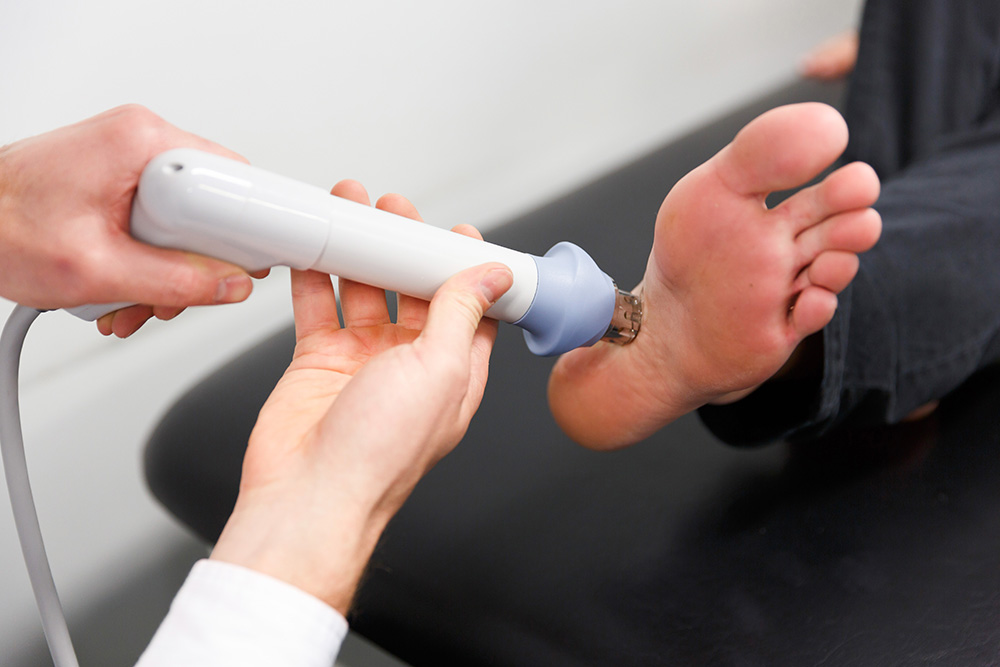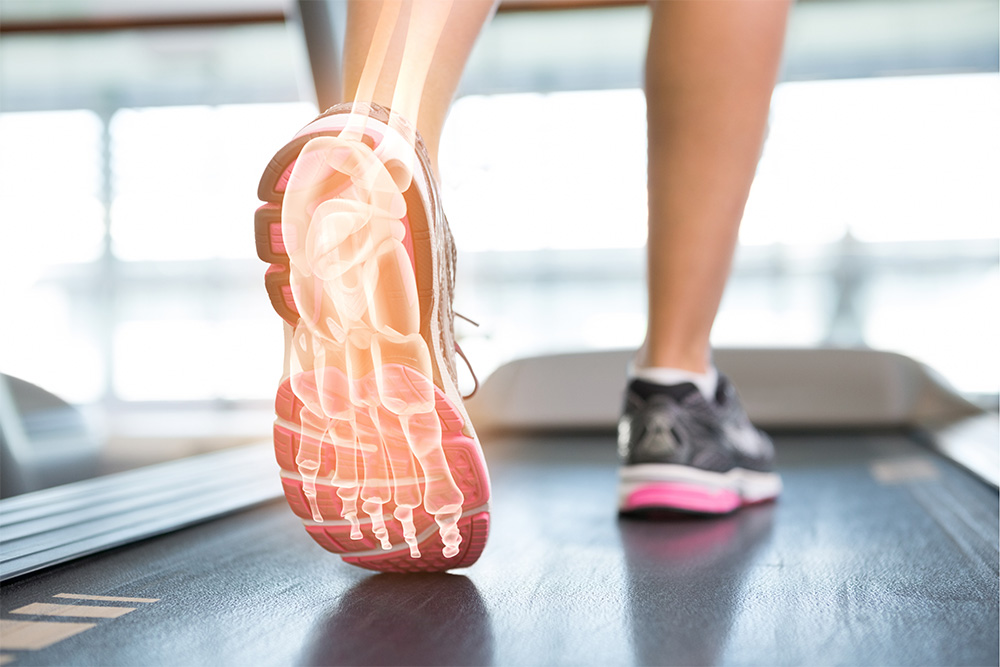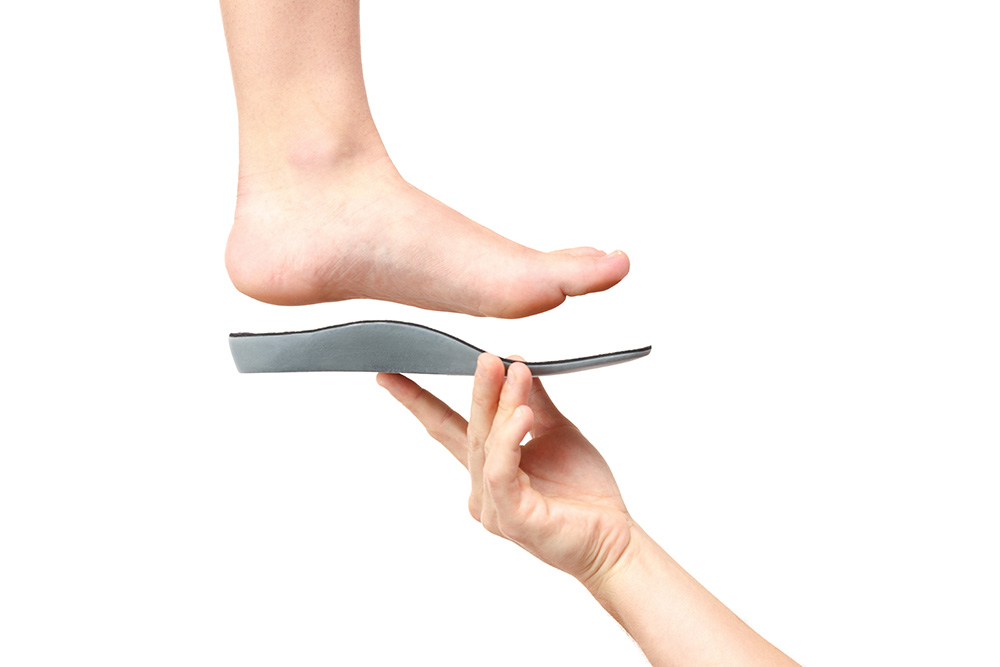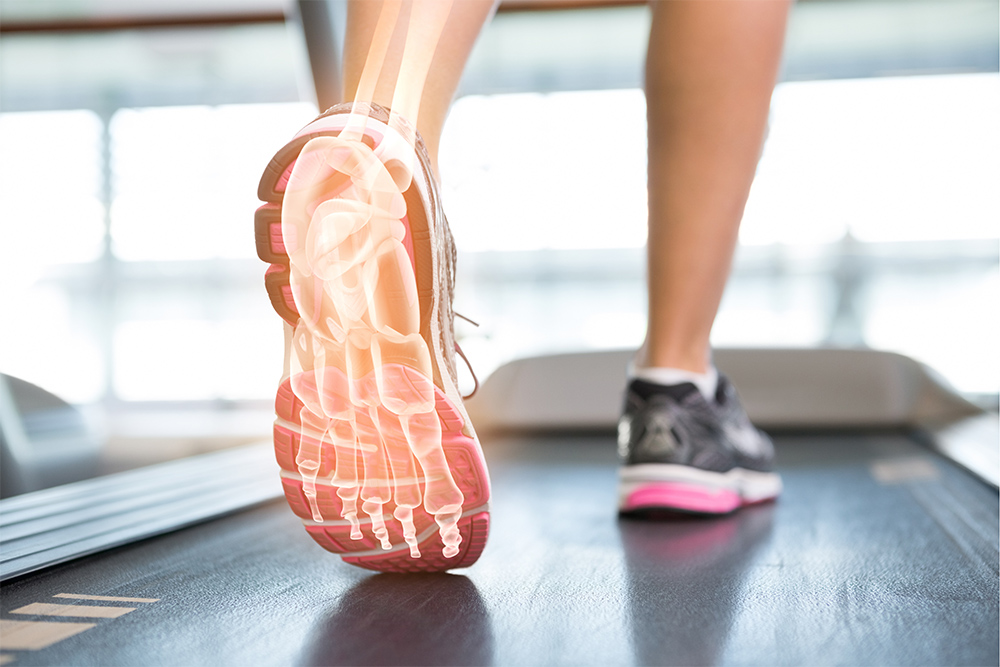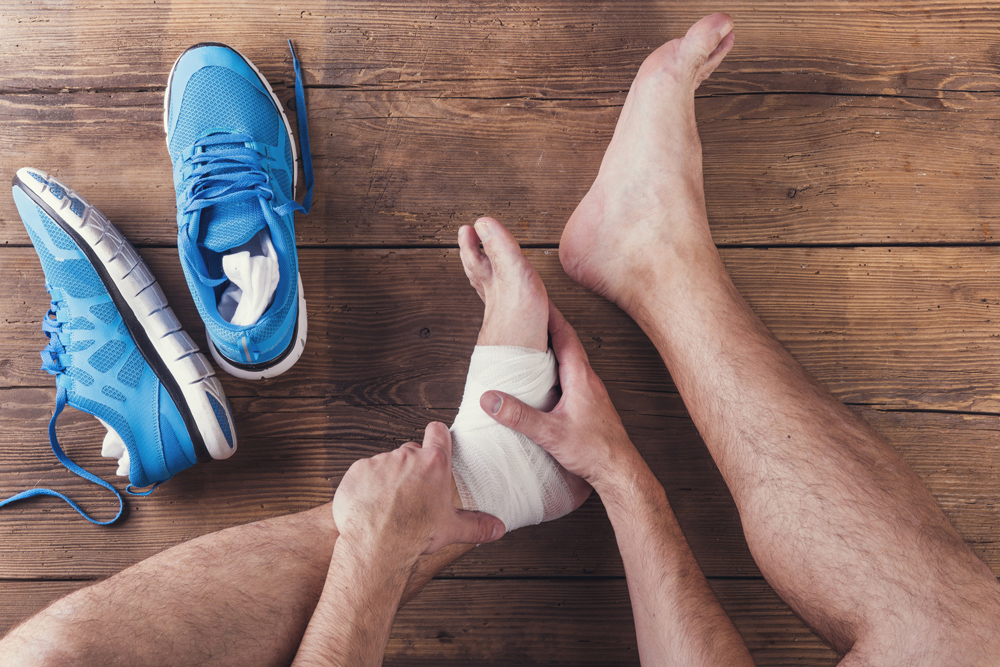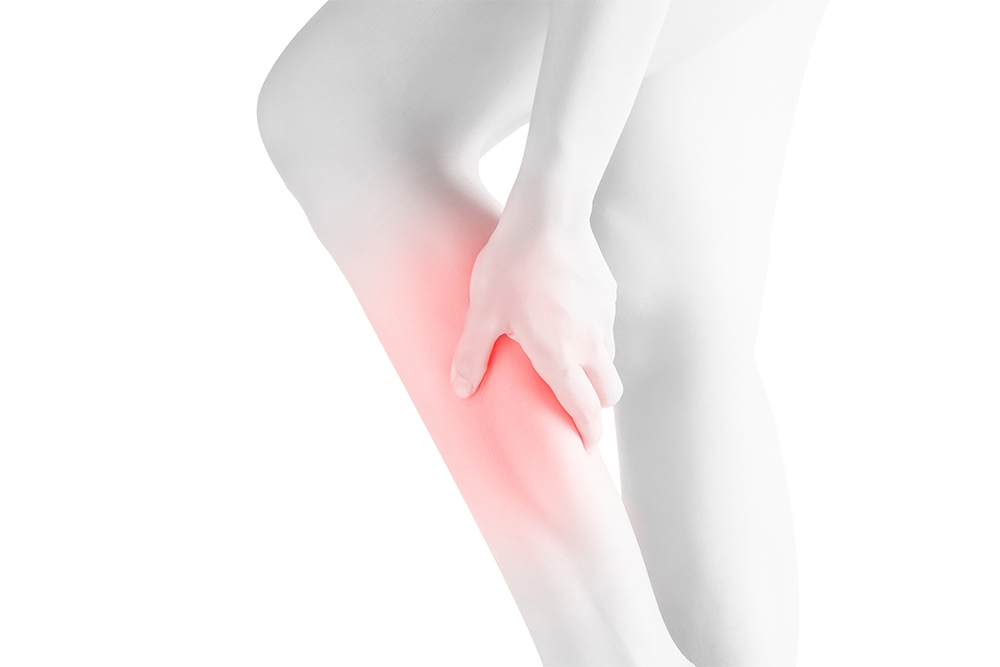
Shin splints are a painful and burdening condition for anyone who is physically active. At My FootDr, we aim to help patients live a healthy and active lifestyle without pain.
 Shin splints describe pain, stiffness and swelling at the shins that starts during and after exercise. This pain may quickly settle after exercise is ceased, or may continue for days after, often feeling worse in the morning. One or both legs may be affected, and the pain is felt in the lower half of the shin bone (tibia).
Shin splints describe pain, stiffness and swelling at the shins that starts during and after exercise. This pain may quickly settle after exercise is ceased, or may continue for days after, often feeling worse in the morning. One or both legs may be affected, and the pain is felt in the lower half of the shin bone (tibia).
As other serious conditions can have very similar symptoms to shin splints, namely stress fractures and compartment syndrome (which may be an emergency situation), it is crucial that you get diagnosed by your Podiatrist so that you can receive the best care and outcomes.
What causes shin splints?
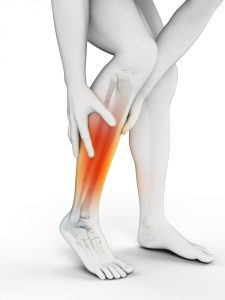 Shin splint pain is caused by stress or strain on the muscles that attach to the shin bone, or by excess force on the bone itself. This may mean damage or inflammation to the muscles that attach to the shins or the tissue that lines the bone.
Shin splint pain is caused by stress or strain on the muscles that attach to the shin bone, or by excess force on the bone itself. This may mean damage or inflammation to the muscles that attach to the shins or the tissue that lines the bone.
Anyone that is physically active is vulnerable to shin splints, especially if you participate in running-based sports which involve multi-directional movements such as AFL, soccer, rugby, basketball and netball. The stopping, starting and changing of direction can place extra stress on the joints, muscles and ligaments of the feet and legs.
Shin splint pain is often described as “too much, too soon”, with those starting intense training without preparation or warming up correctly developing the problem. Other contributing causes include wearing unsupportive footwear, abnormal foot biomechanics (particularly flat feet), running on hard surfaces, a sudden change in intensity of an activity and/or muscle tightness.
If shin splints are not treated effectively and you continue with the same activity causing the issue, your symptoms may significantly worsen and become more difficult to treat.
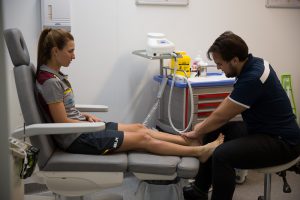 How we help with shin splints
How we help with shin splints
To avoid serious complications such as a stress fracture, it is necessary to find the cause for your shin splints and prevent further pain.
The first aim of treatment is to relieve strain on the muscle using Rest, Ice, Compression and Elevation (RICE). Ice should only be applied in 20 minutes intervals, using a damp cloth between your skin and the ice.
Your My FootDr Podiatrist will conduct a physical assessment to determine whether abnormal foot alignment and function is causing your shin splints. By viewing the movement of your legs and feet, we can assess whether orthotics are required to help support healthy foot function. These are prescribed specifically for your feet, much like prescription glasses. At My FootDr we use 3D scanning as part of our orthotic design.
Every patient is different; therefore, the treatment of each patient will vary according to their lifestyle and feet. We can prescribe footwear to suit your suit foot type and provide advice on how to recover and get active again. Appropriate stretching and strengthening are often required. Generally, the earlier the symptoms are treated the quicker you can get back to enjoying your favourite activity.
My FootDr’s treatment tips for shin splints
- Seek diagnosis and management from your podiatrist as early as possible
- Rest, ice, stretch and listen to your body
- Choose the right footwear for your feet
- Wear custom foot orthotics if prescribed by your Podiatrist
- Commit to your tailored treatment program and follow the advice



